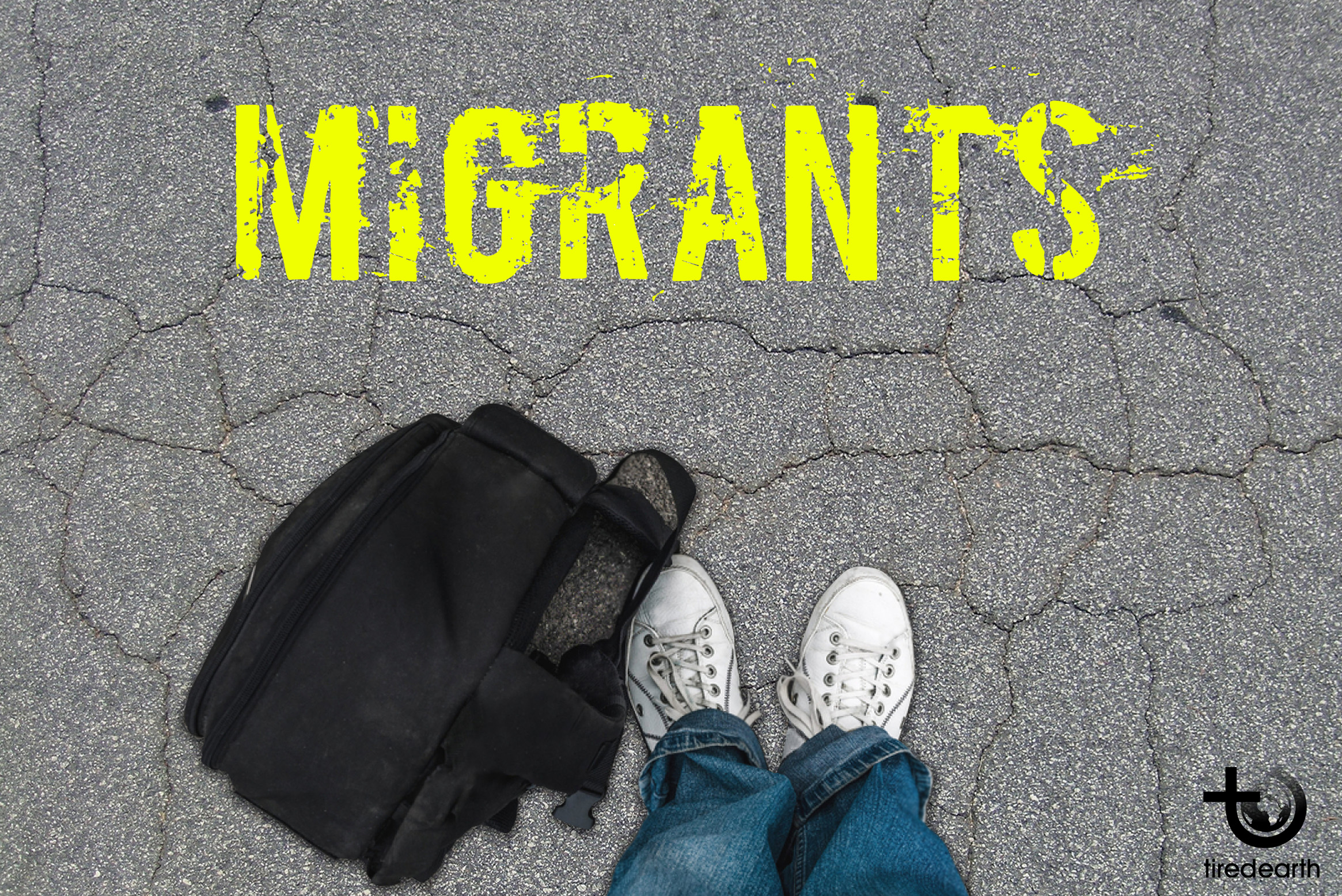Environmental factors
Natural disasters, erosion, and other environmental factors caused by climate change are real threats that disproportionately affect people living in poverty. In fact, there are some reports that say about 1 billion people could be displaced in the next 50 years as the effects of climate change worsen. As this is a newer phenomenon, many countries are still trying to determine how to respond to this growing issue.
Spending money on borders or climate change?
The EU's main response to the migration crisis has been The EU Emergency Trust Fund for Africa, a fund of over $4.6bn earmarked to eradicate causes of irregular migration in Africa. But there is a great criticism against the fund due to invest on and mostly contributing to enhanced border security along transit rather than tackling the basic issues causing migration to Europe. Experts believe that securing borders is unprofitable because it is like putting hungry people in prison. These experts believe that the solution is to tackle the environmental problems that force people to migrate to another place.
The big problem in Africa is Land degradation that estimated to account for around $286 billion every year across Africa, and around 280 million tons of cereal are lost each year due to degradation. This has dramatic consequences because around 80% of the people work in agriculture and it means that if the land is degraded, the yields of agriculture and the incomes disappears. As a result, this calamity leads to unemployment and force many people left their homes and will continue to leave, in order to seek out survival in another region. So this is what the crisis is today.
And the worse reality is the report of Ministry of Defense that about 135 million people could be forced to leave their homes and regions by 2045 because of land degradation. A full 60 million of those are expected to travel from Sub-Saharan Africa, first to North Africa and then on to Europe. This is also the cause of migration in other dry lands worldwide.
“To restore a hectare of degraded land in Niger, it's about $200 per hectare,” said Barbut. The average farmer in the Sahel cultivates around three hectares so the land restoration per person would cost under $1000. “At the same time, a migrant, or a refugee, in a camp in Europe costs around 35€ per day. So look at the figure.” In other words, spending on land restoration is much better than securing borders of African countries as a sustainable solution.
In summary, the most important note is that if all the money that is spent to secure the borders was spent on making sure people can stay on their land in rural Africa, as well as dealing with economic stability and political insecurity in those regions that would certainly help to solve a big part of the migration crisis."
The advantages and disadvantages of migration on the origin country
Migration draws increasing attention in the world nowadays. Mixed with elements of unforeseeability, emergency, and complexity, the challenges and difficulties of international migration require enhanced cooperation and collective action among countries and regions. The United Nations is actively playing a catalyst role in this area, with the aim of creating more dialogues and interactions within countries and regions, as well as propelling experience exchange and collaboration opportunities.
Advantages
1. Economic growth
Migrants usually send money home to help their families. That is a great flow of foreign exchange or funds that the local government and families can tap into for development and economic growth.
2. Getting new skills and ideas
Migrants usually bring home new ideas, skills and knowledge that they have acquired from their travel. Many businesses and economic ventures have been started by people who got ideas during the times they spent in migration.














Comment
Reply